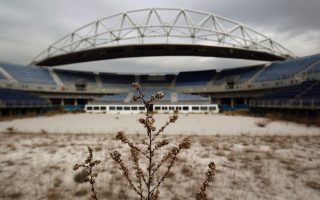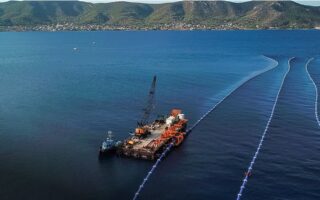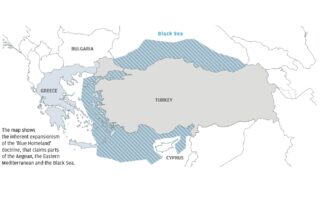When the lights go out

It’s as if we were building castles in the sand. Massive sports facilities – permanent rather than temporary – many of them poorly located, were left to deteriorate unused after the Athens Olympics. We retained unnecessary stadiums, some serving moribund federations with nominal clubs, while successive governments failed to capitalize on the 2004 vision in the years that followed. This mismanagement wasn’t merely a missed opportunity; it was a national failure.
The problem became evident early on, beginning with the submission of the Olympic bid dossier. According to the initial master plan, 75% of the sports facilities and 92% of the training sites were already there. However, once Greece received the International Olympic Committee’s approval, everything changed. A new design was adopted, other locations were sought, and new areas were chosen for permanent facilities. Time was lost, and as the organizers approached the finish line, the pressure for solutions at any cost intensified.
International federations demanded huge stadiums, focusing solely on the capacity that would lend prestige to their sports. Meanwhile, the Greek side viewed temporary structures unfavorably. Offers for modular buildings were rejected because the prevailing mindset dictated that money should be spent on something “tangible,” on a project that “would remain.”
The success of an event is not judged solely by ticket sales, the fleeting sense of national pride, or the illusion of becoming the center of global developments. Success is measured – primarily – by the legacy
Everything was done so hastily that iconic structures didn’t even have operating permits. After the Games ended, the problem wasn’t just their utilization but also their maintenance. Meanwhile, the available equipment was used to its fullest.
At the diving facility in Agios Kosmas, the diving boards, which had a lifespan of four years, were used for nearly a decade before cracking from the impacts. At the Olympic Athletic Center of Athens (OAKA), the tartan track – composed entirely of hard material with no shock-absorbing capability – is only now being replaced, two decades later.
In a few days, it will be 20 years since the opening ceremony of the Athens Olympics. The success of an event is not judged solely by ticket sales, the fleeting sense of national pride, or the illusion of becoming the center of global developments. Success is measured – primarily – by the legacy. By what remains when the lights go out.





